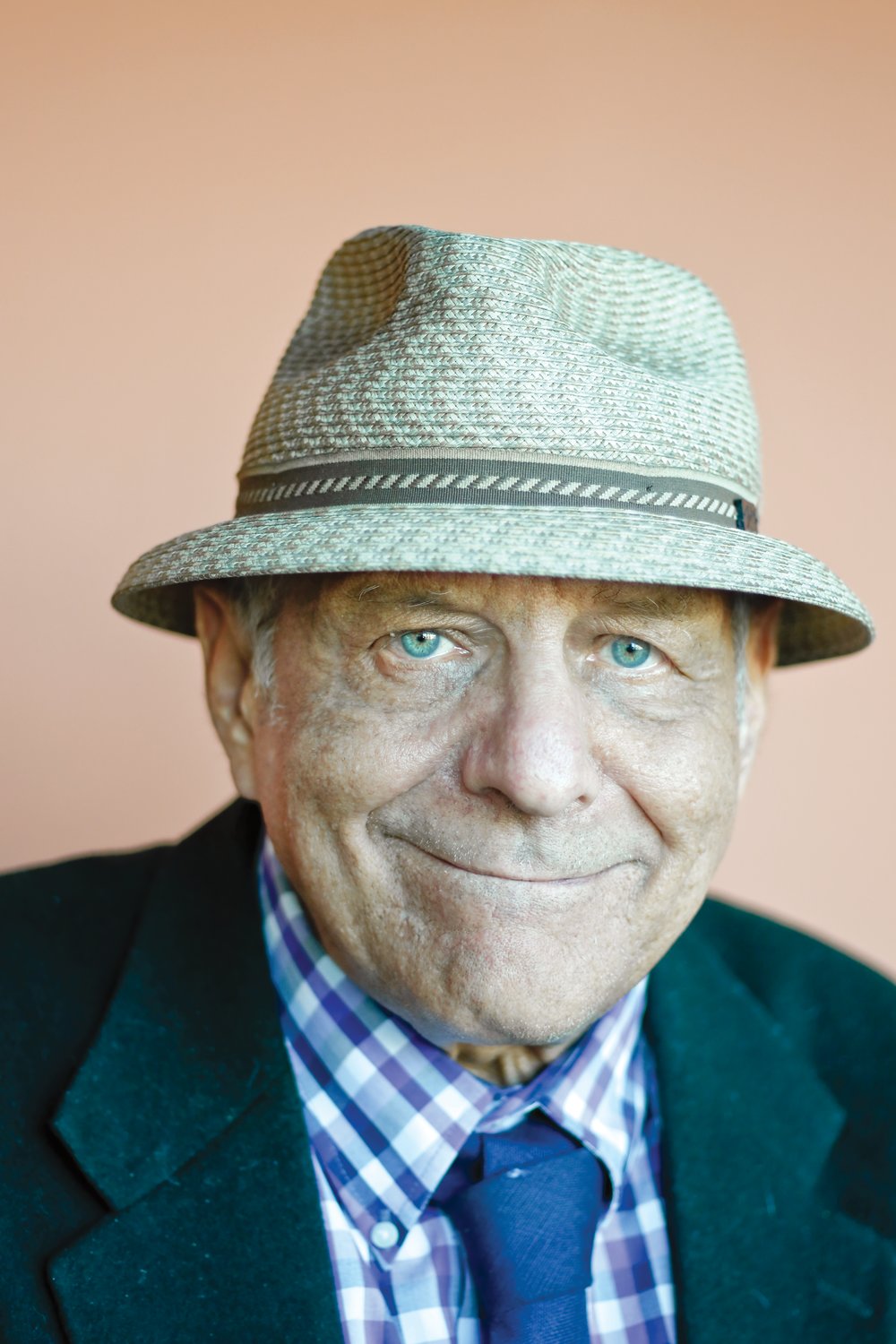Those horrific videos, and what they show
“I couldn’t bear the thought of people being horrified by the sight of my son,” Mamie Bradley, the mother of 14-year-old Emmett Till, a Black kid from Chicago who was tortured and murdered by white racists in Mississippi in 1955, told the press at the time.
“But on the other hand, I felt the alternative was even worse,” Bradley continued. “After all, we had averted our eyes for far too long, running away from the ugly reality facing us as a nation. Let the world see what I’ve seen.” Bradley had refused to close the lid of her son’s coffin.
What Bradley had to say then has echoed through the decades, and helped inspire America’s civil rights movement.
Her words are still relevant today.
I’ve heard many people say they “can’t look” at the televised footage of the Memphis police beating of Tyre Nichols, a 29-year-old who died a few days after he was brutally assaulted by five police officers, who have been charged in his death. The footage has been shown and re-shown. And you could say that seeing it once is enough.
Some ask why we should look at any of it. What good does it do? To some, it’s similar to the almost unavoidable glances at an auto accident that attracts rubberneckers. Common decency should overcome the morbid desire to slow down to a crawl.
But it’s unacceptable to refuse to look at the images of Floyd as he lay gasping for breath, or of Eric Garner, who died in a prohibited police chokehold in 2014, or of Nichols as he was beaten.
In 1955, what Bradley saw was the horribly battered body and the crushed face of her son, who had traveled to the small town of Money, Mississippi, to spend a summer with his sharecropper great-uncle Moses Wright.
After work one night, young Emmett and some friends stopped at a grocery store. Accounts vary, but some say that Till whistled at the store’s white cashier, Carolyn Bryant. In the early-morning hours of Aug. 28, Roy Bryant, Carolyn’s husband, and J.W. Milam, Bryant’s half-brother, broke into Wright’s home and dragged Till out.
He was severely beaten. One of his eyes was gouged out. His nose was so bent out of shape, his mother said, that it resembled an S. Then he was taken to the Tallahatchie River, where he was shot in the head. His body was dumped into the river.
Wright reported the kidnapping to the police the following day, and Bryant and Milam were arrested. The only way police were able to identify Till was by a monogrammed ring he wore that had belonged to his father.
At the funeral, relatives asked Bradley to close the casket, but she refused. Photos of her son’s body appeared in Jet magazine and the Chicago Defender, two of the most important Black publications in the United States.
Bryant and Milam were acquitted by an all-white jury that deliberated for only four hours. Years later, the FBI extracted a deathbed confession from Milam’s brother, Leslie, who admitted his own involvement. By that time, however, Bryant and J.W. Milam were long dead.
Till’s mother’s decision to let the public see what had been done to her son still resonates today.
Those who ask why we should look at any of these disturbing images say, what good does it do? The footage of Floyd, Garner and, now, Nichols, is more than painful to watch, I agree. But the cameras don’t lie. They force us to see things we don’t want to see, but must see. When we turn away, we are lying to ourselves about the reality of what happens so often to members of minorities in this, our America.
James Bernstein is editor of the Long Beach Herald. Comments? jbernstein@liherald.com.






